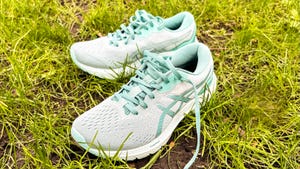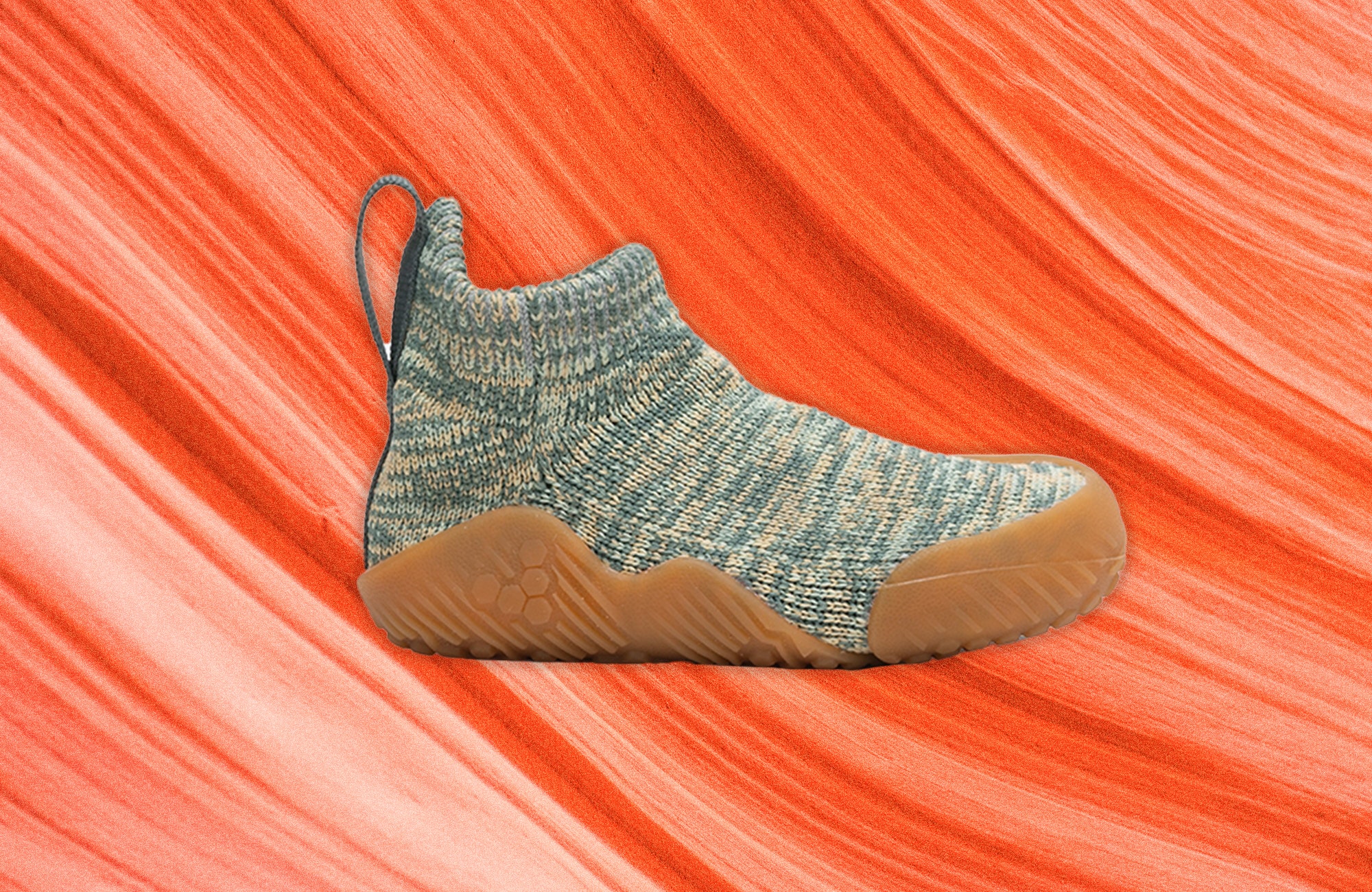Whether walking is your preferred mode of exercise or you spend your work days on your feet, wearing the proper footwear is important to take care of your feet and avoid foot pain. A great walking shoe is supportive, comfortable and maybe even a little bit stylish. Everyone’s feet are different, but we tested models from top brands to find the best walking shoes for women to get you started.
As the holiday season approaches and gift shopping begins, there are plenty of excuses to shop for shoes appropriate for walking. You’ll notice that walking shoe styles are different from those for casual wear. Although a fashionable shoe seems ideal in theory, selecting a pair of lightweight shoes with wiggle room and breathable mesh for comfort during everyday wear is crucial. Luckily, many selections can satisfy both your needs and taste.
We tested more than 15 pairs of shoes, taking into account different gait types and styles, and narrowed down the best walking shoes for this list. Keep in mind, everyone’s needs are different, so what works for one person may not work for someone else — below, you can find our expert advice on finding the perfect personal fit for you (or for the walking enthusiast in your life if you’re shopping for a holiday gift).
Nike React Phantom Run Flyknit 2: These slip-on shoes were too narrow, lacked cushioning despite having good arch support and were not as supportive as the Nike Air Zoom Pegasus. They serve better as a lifestyle shoe and for limited walking.
New Balance Fresh Foam Cruzv1: This shoe ran small for a New Balance style and had a narrow toe box. The Fresh Foam Roav V1s were a more comfortable and versatile fit.
Athletic Propulsion Labs TechLoom Wave: These shoes were a tight fit on the upper, and I also found the laces to be too short and thin.
Kane Revive Shoe: These are considered active recovery shoes, and I appreciated their unique style and function, but they serve better in a different shoe category than walking shoes.
Ryka Dauntless Sneaker: These were not the best fit for walking and instead functioned better as a cross trainer. They also were more narrow compared to the Devotion Plus 4.
Rothy’s the Original Slip On Sneaker: I wanted to love the Rothy’s, but these require some breaking in and caused blisters on the back of my heel when I first wore them. The shoe also doesn’t have as much support as I would have liked for a slip-on walking shoe.
It’s easy to choose a walking shoe based on the style, but what’s more important is knowing how to choose a pair that’s right for your feet. “Before buying any specific shoe I would always encourage evaluation by a podiatrist first to prevent any other pain or complications in other joints,” said Pooja Shah, who holds a diploma from the American Board of Podiatric Medicine.
Still, Shah told CNET she recommends a neutral shoe to most people. Regardless of your foot type, Shah believes a good shoe should have a deep heel seat and a good heel cushion, because our heel takes a lot of the load while walking. “I would not recommend an extra arch cushion because this can cause more pain than benefit,” she said.
Additionally, it’s important that the shoes fit true to size. Shah said wearing improper fitting shoes can lead to feeling off balance or cause you to fall. This can also result in blisters by the toes or heels if the shoes are too big or small. Another thing to look at is the heel-to-toe drop. That’s the difference between the thickness of the cushioning under the heel and the forefoot. According to Running Warehouse, a high heel-to-toe drop that’s over 7 millimeters is best for those who land heel first or have issues with their Achilles tendon. Meanwhile, a lower heel-to-toe drop under 7 millimeters is best for those who land on the middle or front of the foot.
“A zero millimeter heel drop implies a completely flat shoe which should be avoided for most activities as it will give minimal shock absorption,” said Shah. She points out that the actual millimeter of a heel drop varies by brand and manufacturer hence why you should always try on a shoe to make sure there is enough support under the heel to ease the amount of load on the Achilles muscle.
As far as the weight of the shoe goes, Shah said there isn’t a specific weight to go by, but she advises against choosing a shoe that’s too light and flexible: “Any sneaker that is flexible enough to be bent likely will provide minimal support through your walk or run.” When a shoe is too flexible, this can mean that the shoe doesn’t provide enough support in the midfoot. On the contrary, too heavy of a shoe may be uncomfortable for higher intensity activity such as running and may affect speed as well. Lastly, look for an upper with mesh fabric to allow for proper ventilation.
The different gait types
You’ll notice many shoes market themselves as: overpronator, supinator or neutral. The foot naturally pronates (or rolls inward) when you walk or run, but in some cases too much or little pronation can occur. If you find out that you are a supinator or overpronator, Shah recommends having a custom orthotic made to fit your needs. But first, it’s helpful to know what these terms mean in the first place.
Overpronation: Overpronation causes your foot to roll inwards excessively when you walk. This gait causes the arches of your feet to collapse and can lead to flat feet. Shah says, “For those who overpronate, a wide shoe type may be encouraged to accommodate for their arch which may fall during the gait cycle.” If you were born with flat feet or developed it over time due to overpronation, shoes that offer arch support are key (unlike for other people).
Underpronation: This gait is also known as supination and happens when your foot doesn’t roll inward enough and instead rolls outwards too far when you walk or run. People who supinate tend to have high arches and will feel pressure on the outside of their toes, particularly on their small toes. Shah recommends a shoe with a wide toe box. She says, “these are a good choice because sometimes these people have something called hammer toes as a result of their high arch foot.”
Neutral pronation: When the foot rolls inward naturally 15% and helps absorb the shock while keeping your limbs and ankles in line. This is considered “normal” since there is no excessive over or underpronation in this foot strike.

